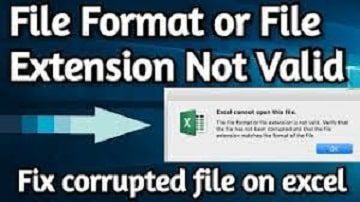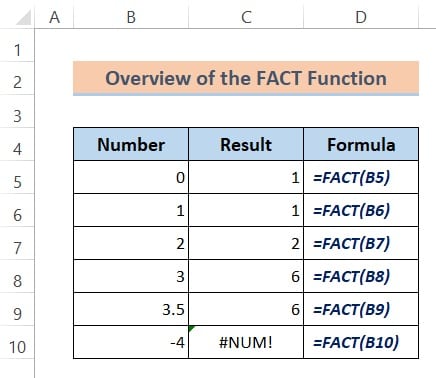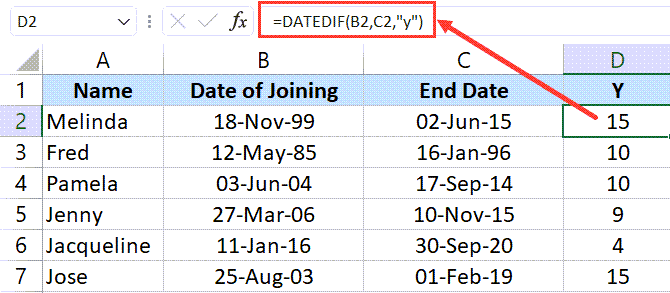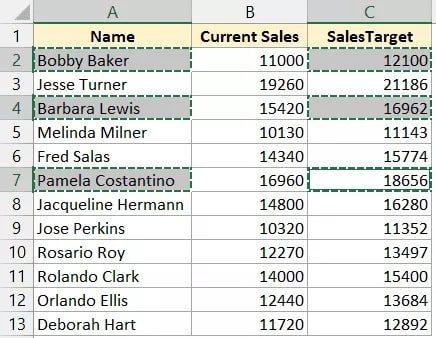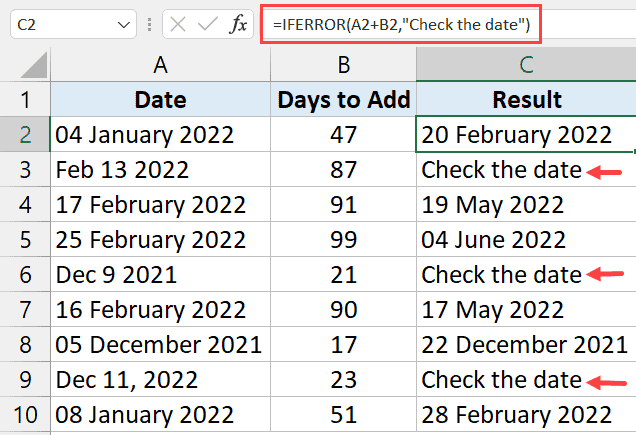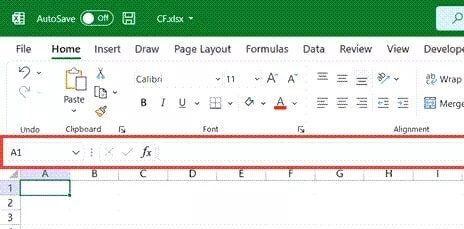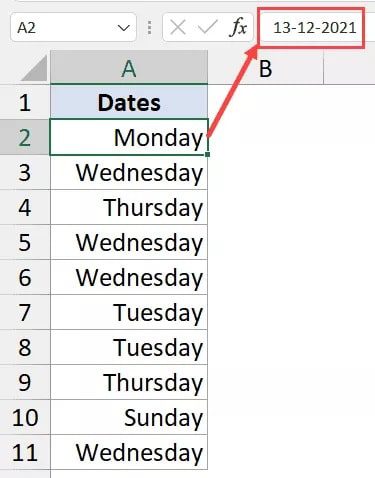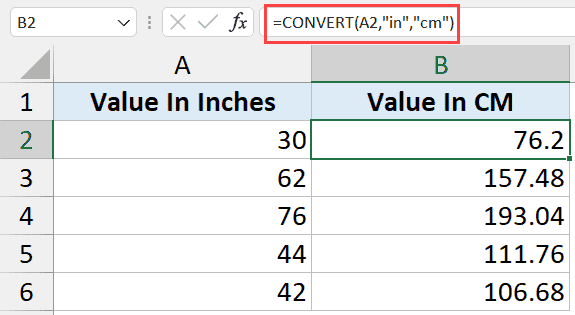Excel is a powerful tool for data analysis and management, but to make the most of its capabilities, you need to know how to use formulas. Excel formulas allow you to automate calculations, manipulate data, and make complex calculations quickly and easily. In this post, we’ll cover some tips, tricks, and best practices for mastering Excel formulas.
- Understand the Basics
Excel formulas start with the equal sign (=) followed by a function or calculation. Excel offers a wide range of built-in functions that cover everything from simple arithmetic to complex statistical analysis. Some common functions include SUM, AVERAGE, MAX, MIN, COUNT, IF, and VLOOKUP. To use a function, you need to provide it with one or more arguments, which are the values or cell references that the function operates on.
- Use Cell References
One of the key benefits of using Excel formulas is the ability to reference cells. Cell references allow you to create formulas that automatically update as the data changes. For example, if you have a formula that multiplies the value in cell A1 by the value in cell B1, you can copy and paste that formula to other cells and Excel will automatically update the references to reflect the new cell locations.
- Avoid Hard-Coding Values
Hard-coding values into your formulas can make them inflexible and harder to maintain. Instead, use cell references whenever possible. For example, instead of typing in a fixed value like 0.2 into a formula, you can reference a cell that contains that value. This makes it easy to update the value in one place and have it propagate throughout the workbook.
- Use Absolute and Relative References
Excel formulas can use both absolute and relative references. An absolute reference is a reference that does not change when you copy the formula to other cells. To create an absolute reference, use a dollar sign ($) before the column and row references. A relative reference, on the other hand, changes when you copy the formula to other cells. To create a relative reference, simply reference the cell without any dollar signs.
- Use Named Ranges
Named ranges allow you to assign a name to a range of cells. This can make your formulas easier to read and understand. To create a named range, select the cells you want to name and go to Formulas > Define Name. You can then use the name in your formulas instead of the cell references.
- Use Error Checking
Excel includes error checking features that can help you identify and fix errors in your formulas. To use error checking, select the cell with the error and click on the error indicator to see suggested fixes. You can also use the Evaluate Formula feature to step through your formulas and see how Excel is evaluating each part of the formula.
- Test and Validate Your Formulas
Before using a formula extensively, it’s important to test and validate it. Make sure it produces the expected results and handles all possible inputs correctly. You can also use Excel’s data validation features to limit the inputs that users can enter into a cell.
By following these tips, tricks, and best practices, you can master Excel formulas and make the most of this powerful tool. Whether you’re creating simple calculations or complex data models, Excel formulas can help you automate your work and save time.

